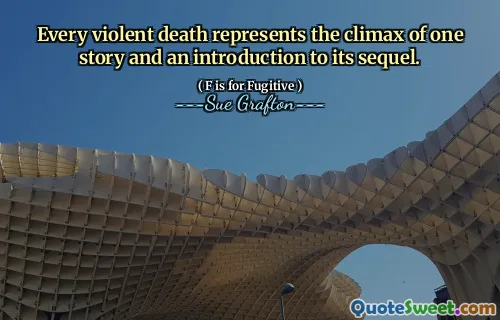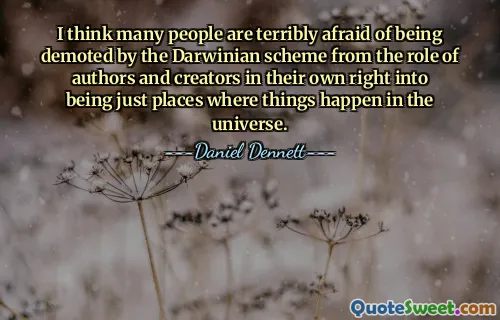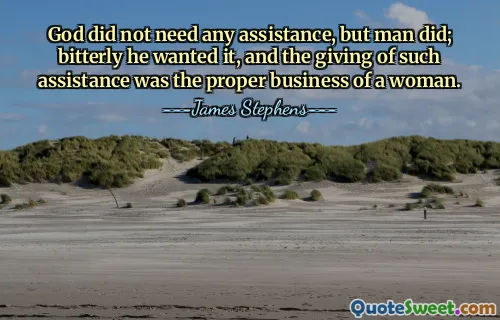
Every violent death represents the climax of one story and an introduction to its sequel.
This thought-provoking quote delves into the cyclical and interconnected nature of violence within human stories. It suggests that a violent death is not merely an end but a pivotal point that both concludes a chapter and seamlessly leads into the next narrative. In literature and real life, such events often symbolize the culmination of unresolved conflicts, deep-seated feelings, or societal issues. When examining this perspective, we recognize that violence often creates ripples beyond the immediate scene, affecting families, communities, and even entire cultures. It prompts us to consider the ongoing dynamics that propel history forward—conflict begets retaliation, fear feeds hostility, and tragedy spurs change or further violence. From a philosophical standpoint, it raises questions about the nature of causality and the perpetuation of cycles, where resolution seems elusive and each ending fuels future beginnings. This idea becomes especially relevant when analyzing historical conflicts, criminal patterns, or personal relationships marred by violence. The quote also sometimes acts as a sobering reminder of the persistence of violence in human society, urging us to seek understanding, peace, and prevention. Recognizing that a violent death is both an end and a seed for subsequent stories can inspire us to interrupt these cycles, fostering reconciliation and healing. It forces a reflection on how each ending influences what follows and how we, as individuals and societies, have the power to shape the stories that continue after tragedy. Overall, this quote encapsulates the complex, cyclical narrative of violence, emphasizing the importance of awareness and intervention to break destructive patterns.





